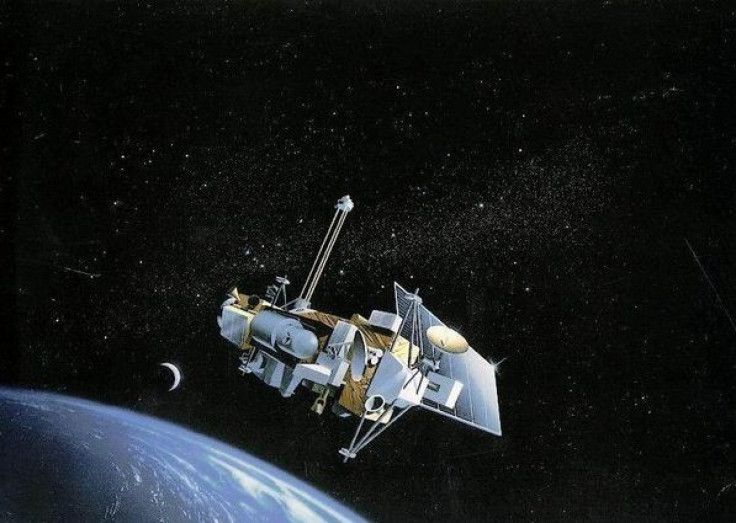NASA UARS Satellite to Hit Earth Next Week

NASA's 6.5-ton Upper Atmosphere Research Satellite would fall to Earth next week after the end of a productive scientific life.
NASA scientists have been watching the 6-ton satellite closely. The officials on Saturday revised the prediction for its arrival to Sept. 23, give or take a day. The re-entry of the satellite is advancing due to a sharp increase in solar activity since the beginning of this week.
The satellite's current orbit is 155 by 174 miles (250 by 280 kilometers), with an inclination of 57 degrees, NASA said earlier. But the scientists gave an update on Saturday stating that the orbit of UARS was 140 by 155 miles (225 by 250 kilometers) as of Sept. 16.
The Upper Atmosphere Research Satellite (UARS) is expected to break into 26 large pieces to survive the scorching temperatures of re-entry and reach Earth's surface, according to the Space.com.
According to Space.com, titanium pieces and onboard tanks could be among that debris, but the UARS satellite carries no toxic propellant as NASA used up all the fuel in 2005. NASA has estimated a 1-in-3,200 chance that a satellite part could hit someone. Most of it will burn up after entering the atmosphere.
Only about 1,200 pounds should survive, scattered over perhaps a 500-mile-wide area, NASA said. Pieces of the satellite could land anywhere in the six inhabited continents in a worldwide swath from south of Juneau, Alaska, to just north of the tip of South America as well as the three largest oceans.
The risk to public safety or property is extremely small. Since the beginning of the Space Age in the late-1950s, there have been no confirmed reports of an injury resulting from re-entering space objects not is there a record of significant property damage resulting from a satellite re-entry.
In 2003, thousands of pieces of shattered space shuttle Columbia hit the land of Texas and Louisiana after the spacecraft sustained damage during the launch when a piece of foam insulation the size of a small briefcase broke off from the shuttle external tank under the aerodynamic forces of launch.
Meanwhile, there has been speculation that the UARS satellite re-entry could be similar to that of the 'The Invasion' science fiction horror movie, which is the fourth film adaptation of the 1955 novel 'The Body Snatchers' by 'Jack Finney'.
In the film, an alien life-form, much like a fungus, clings to a space shuttle which crashes to Earth, spreading tainted debris that in turn infects many people, bringing them under the alien life-form's mindless control when they enter rapid eye movement (REM) sleep.
But NASA officials have warned people that If you find something you think may be a piece of UARS, do not touch it. Contact a local law enforcement official for assistance.
UARS was deployed from the shuttle Discovery in 1991 to study Earth's atmosphere and its interactions with the sun. The $750 million mission measured the concentrations and distribution of gases important to ozone depletion, climate change and other atmospheric phenomena.
NASA said readings from UARS provided conclusive evidence that chlorine in the atmosphere, originating from human-produced chlorofluorocarbons, is at the root of the polar ozone hole.
© Copyright IBTimes 2024. All rights reserved.











